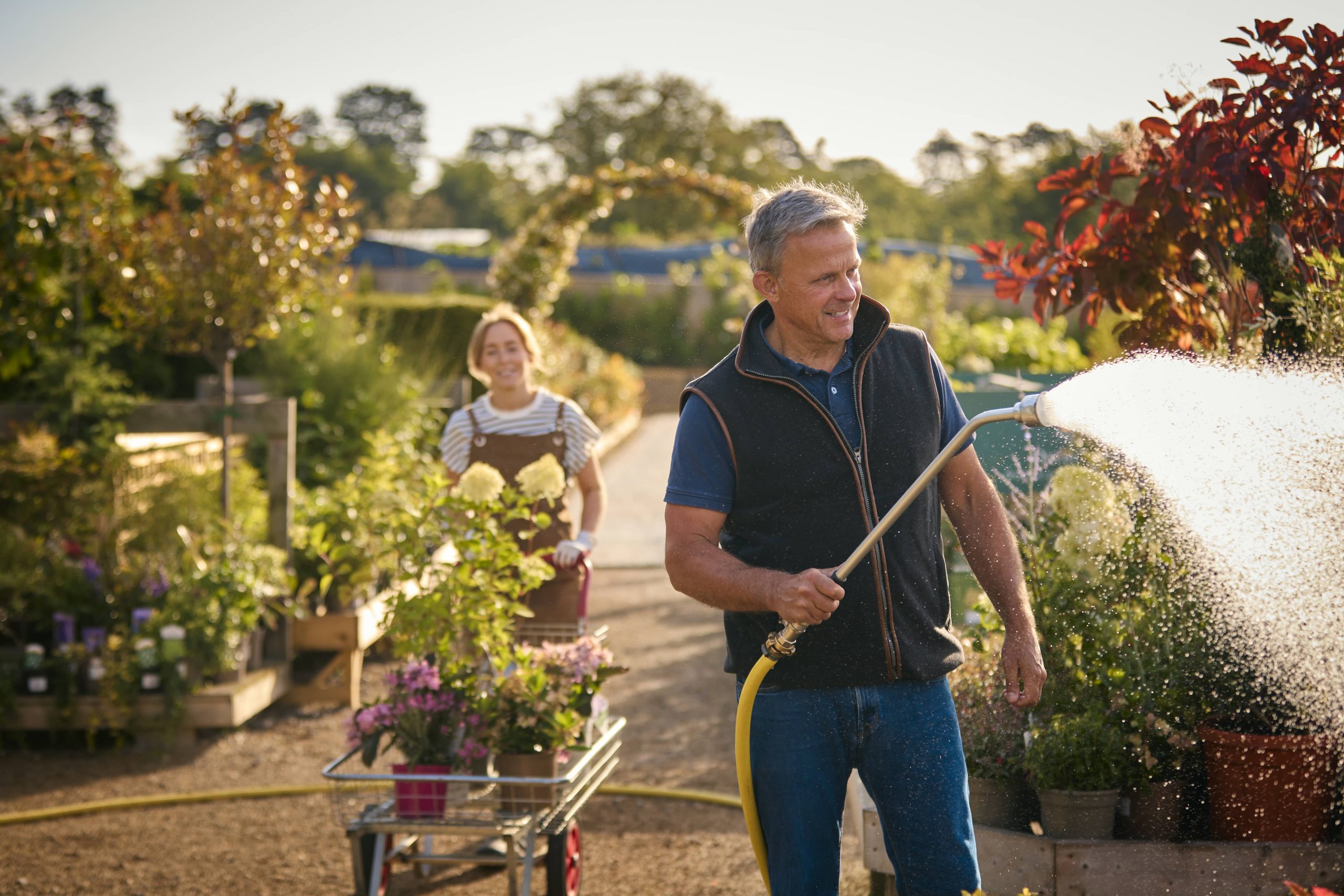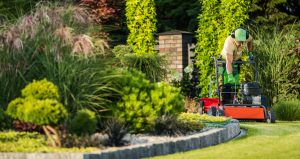
As a passionate gardener, I’m constantly looking for creative ways to make the most of my outdoor space. Whether you have a sprawling garden or a cozy balcony, optimizing your space for beauty and productivity is always a priority. One of the most effective strategies I’ve found is introducing climbers and vines into my gardening repertoire. These tenacious plants not only enhance the aesthetic appeal but also maximize vertical space, creating lush, green walls that transform any garden environment.
Why Choose Climbers and Vines?
Climbers and vines are unique in their ability to ascend surfaces and thrive in vertical spaces, using walls, fences, trellises, and arbors as support. This natural inclination makes them perfect for gardeners with limited horizontal space. By integrating these plants, you can enjoy a verdant backdrop, conceal unsightly areas, and even create privacy screens. Furthermore, many climbers produce enchanting blooms and fruits, making them a multifunctional addition to any outdoor space.
Selecting the Right Plants
When choosing climbers and vines, consider your climate, the plant’s growth habits, and the purpose it will serve in your garden. Here are some popular choices to get you started:
1. Clematis: Known for their large, striking flowers, clematis comes in many varieties, providing options for different climates and color preferences. They are excellent for adding a splash of color to vertical spaces and a favorite among many gardeners for their delicate yet bold appearance.
2. Wisteria: A vigorous climber with cascading blossoms, wisteria can quickly cover large areas when supported correctly. Its fragrant flowers add a touch of elegance and can serve as a stunning focal point in your garden.
3. Passionflower (Passiflora): With its exotic, intricate blooms, passionflower is not only a visual delight but also attracts pollinators, making it an eco-friendly choice. Some varieties even produce edible fruits.
4. Ivy (Hedera): Ivy is a hardy and versatile climber. Its evergreen foliage provides year-round coverage, making it ideal for creating privacy or covering less attractive structures in your garden.
5. Honeysuckle (Lonicera): Known for its sweet scent, honeysuckle is a wonderful addition near seating areas or entrances. It can thrive in various conditions and attracts hummingbirds and butterflies.
6. Bougainvillea: If you live in a warmer climate, bougainvillea’s vibrant bracts will add a burst of color to your garden. It thrives in sunny spots and is relatively low-maintenance once established.
Installation and Support Structures
To make the most of your climbers and vines, you’ll need the right support structures. Here are some options to consider:
– Trellises: These come in various designs and materials, including wood, metal, and bamboo. Trellises can be freestanding or attached to walls, and they’re perfect for smaller climbers like clematis.
– Arbors and Pergolas: These larger structures create stunning entrances or shaded seating areas. Wisteria and climbing roses are popular choices for covering arbors and pergolas.
– Fences and Walls: Use existing fences and walls to support climbers. This approach not only covers bare structures but also enhances the overall appearance of your space.
– Obelisks: These are ideal for adding height to flower beds or borders. They’re particularly effective for growing climbers like sweet peas.
– Wire and Cable Systems: For a more modern look, wire and cable systems attached to walls provide minimalistic support for vines to climb.
Planting and Maintenance Tips
1. Soil and Planting: Ensure your soil is enriched with organic matter, which provides essential nutrients for vigorous growth. Dig a hole wide and deep enough to accommodate the roots without crowding.
2. Positioning: Plant your climbers a foot or so away from your support structure. This allows roots to establish properly while ensuring the plant can easily ascend its support.
3. Training: Once your plant begins to climb, guide the main stems towards the support structure. Secure lightly with garden ties, allowing room for growth.
4. Pruning: Regular pruning ensures your climbers maintain a tidy appearance and encourages healthy growth. Remove any dead or overcrowded stems to improve air circulation and light penetration.
5. Watering and Feeding: Climbers often require consistent watering, especially during dry spells. A balanced fertilizer or a slow-release option can support their growth during peak seasons.
6. Pest and Disease Control: Keep an eye out for common pests like aphids and caterpillars. A gentle spray of soapy water or introducing beneficial insects can help manage these issues. Regularly check for signs of disease and treat promptly to prevent spread.
The Benefits of Vertical Gardening
Incorporating climbers and vines into your garden brings multifaceted benefits. Beyond optimizing space, these plants contribute to biodiversity, attract pollinators, and can even reduce energy costs by providing shade and acting as natural insulation. Moreover, they infuse life into otherwise mundane structures, creating dynamic landscapes with depth and interest.
In conclusion, climbers and vines are invaluable allies in the quest to maximize garden space. Whether you’re looking to add color, create privacy, or simply embrace new gardening challenges, these plants offer endless possibilities. So, take vertical gardening to new heights and transform your outdoor space into a green oasis filled with beauty and vitality.













